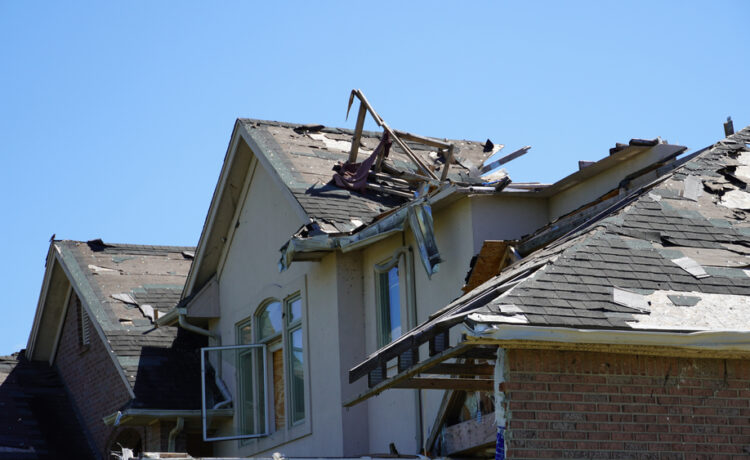It can be simpler to determine what you want covered if you regularly inspect your property, which, let’s face it, many homeowners don’t do.
You might have some if you’re worried about Wind Damage to Your Roof recently. Examine your house for any new damages that have not previously existed. A branch lying on top of your roof is a clear indication that damage could occur.
Start by looking for water spots in your attic that extend from the ceilings to the walls. After that, go outside and inspect your shingles. Do they have their backs up against your roof? Do they seem broken or otherwise harmed? Do you see any sagging or lowering in your roof? You most likely have a claim if you responded “yes” or even “maybe” to any of these. These are just a few of the most typical indications to watch out for while evaluating roof storm damage. There are many more.
A good rule of thumb is to contact a qualified contractor if you feel you are in over your head after suffering what you think to be storm damage. They will evaluate the damage and assist you in determining your alternatives as part of their duties. A licensed professional is the best option if you’re unsure whether storm damage is the cause of your home’s problems.
Do I Need to Show That My Roof Was Hurt by the Storm?
In general, you will most likely need to provide evidence that the damage your home sustained was caused by a storm. What you must do may differ from others because each insurance company has a unique procedure for filing claims.
Just because your roof is old and worn out won’t make an insurance company pay for replacement. The majority of insurance providers only fully or partially cover certain conditions. If your roof is damaged by a storm, tree, or other event, you can most absolutely file a claim. Given that external impairments are typically simple to identify, establishing that storm fallout is to blame should be quick and painless.
When filing a claim, make sure to preserve a record of all conversations you’ve had with your company and be ready to discuss the harm if questioned. It’s a great idea to record your experience with images and videos that you may later show your insurance company. Save every piece of documentation, even the deductible you paid for your claim, in fact.
If you need a hand to file for your insurance, please visit Omar Ochoa Law Firm.









